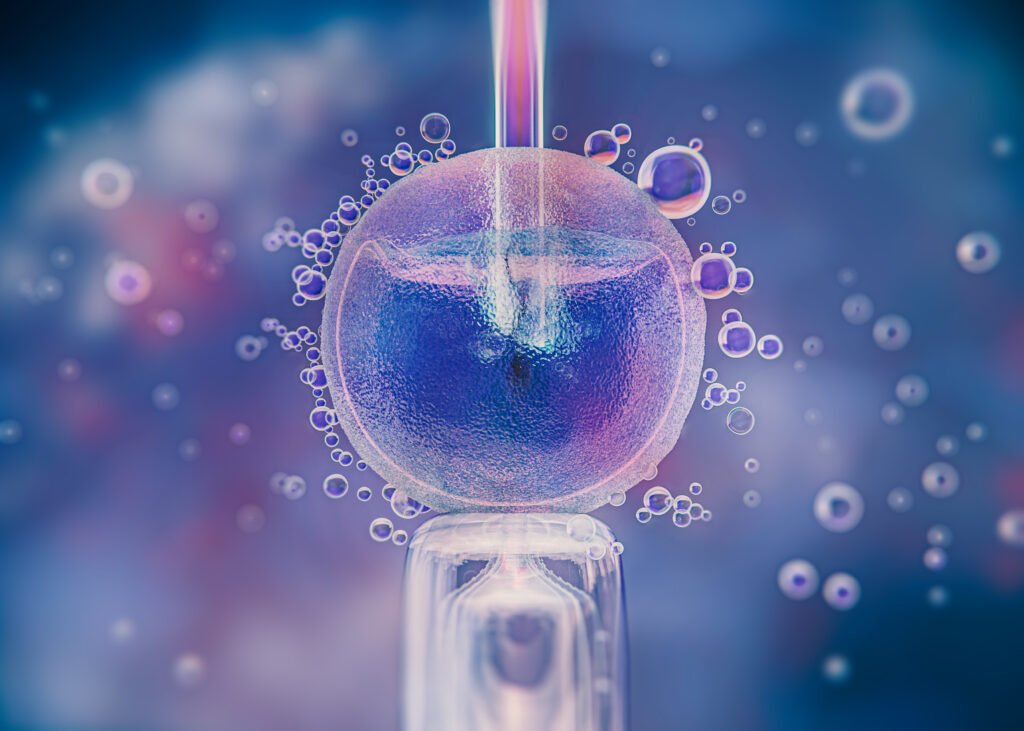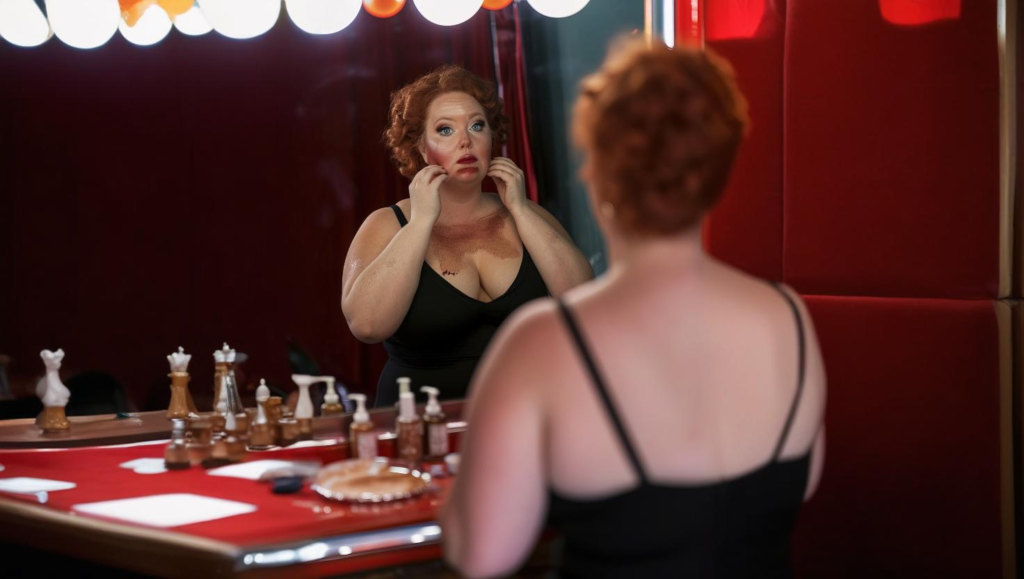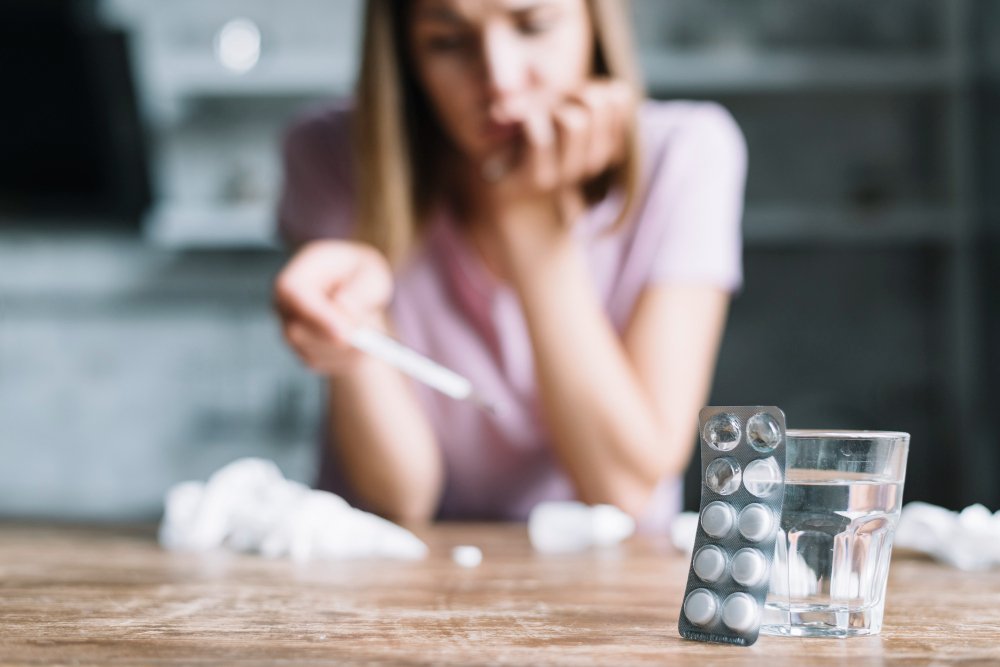Understanding Organ Prolapse: Causes, Symptoms, and Treatment
Steven Shin
February 2025
Pregnancy is thought of as a joyful experience, but for some women, it can bring life-threatening health challenges. One of the challenges is Peripartum Cardiomyopathy (PPCM), a form of heart failure that occurs during the final stages of pregnancy or in the postpartum period.1 Recent research has revealed new information in the diagnosis, treatment, and management of PPCM to help women worldwide.
What is PPCM?
PPCM affects approximately 1 in 1,500 to 2,000 pregnancies globally with nonspecific symptoms like shortness of breath, exhaustion, and swelling1. Crucial interventions or treatment are delayed because these symptoms are often dismissed as normal parts of pregnancy. In PPCM, the heart’s left ventricle weakens and impairs its function. While early treatment results in recovery, undiagnosed or untreated PPCM can lead to persistent heart failure or death3.

Research showed that the hormone prolactin, commonly associated with breastfeeding, plays a significant role in PPCM. In affected women, prolactin is broken down into a harmful material that damages blood vessels and leads to heart failure. Researchers at the Hannover Medical School found that the drug bromocriptine which is traditionally used to suppress lactation can block this harmful effect and promote heart recovery when used for heart failure therapy3. The safety and efficacy of bromocriptine showed that it can significantly improve maternal cardiac health without increasing the risk of complications such as blood clots2. A study based on a global PPCM registry of 500+ patients supports bromocriptine as a recommended treatment for PPCM2.
New Hope for Subsequent Pregnancies
Historically, women recovering from PPCM were advised against future pregnancies due to the high risk of relapse or worsening heart function. However, new research suggests a more optimistic outlook. A study based on data from the Global PPCM Registry found that even women with mild residual heart failure could safely carry another pregnancy under medical supervision2.
This represents a major shift that allows women to expand their families without undue fear. Key to this success is interdisciplinary care by cardiologists, obstetricians, and maternal-fetal medicine specialists who ensure both mother and child are monitored closely1.
PPCM’s impact is not uniform across the globe. A 20-year population study emphasized significant disparities in PPCM incidence and discussed higher rates reported in Black populations compared to White populations1. These findings underscore the urgent need for targeted healthcare strategies and awareness campaigns in disproportionately affected communities.
Access to specialized care also varies widely between high-income and low-income regions. In many low-resource settings, limited awareness means that PPCM often goes undetected until it progresses to a critical stage3. International registries and collaborations are vital in bridging this gap by providing data and resources to improve diagnosis and treatment worldwide3.
Patient Outcomes and Future Directions
A study published in the Journal of the American Heart Association reported that 6% of PPCM patients die within six months of diagnosis, with 42% of these deaths attributed to heart failure and 30% to sudden cardiac arrest3. However, timely diagnosis and intervention can significantly reduce these figures. Advanced imaging techniques, the use of cardiac biomarkers, and continued research into genetic predispositions are important steps to improve outcomes1.
Additionally, researchers are exploring how to predict PPCM risk in future pregnancies more accurately. Early identification of at-risk women could allow for tailored monitoring and preventative therapies that potentially reduce the burden of this condition2. Thanks to research and the dedication of specialized care teams, women diagnosed with PPCM now have access to better treatments and a brighter future. From innovative therapies like bromocriptine to improved management of subsequent pregnancies, advancements in PPCM care are empowering women to navigate motherhood against all odds. Despite the challenges, with early diagnosis and interdisciplinary care, affected women can embrace both recovery and the possibility of growing their families.
Reference
[1] Arany, Z., & Elkayam, U. (2016). Peripartum cardiomyopathy. Circulation, 133(14), 1397– 1409. https://doi.org/10.1161/CIRCULATIONAHA.116.018094
[2] Sliwa, K., Bauersachs, J., van der Meer, P., Petrie, M. C., Hilfiker-Kleiner, D., Hamdan, R., & Seferovic, P. (2025). Pregnancies in women after peripartum cardiomyopathy: The global European Society of Cardiology EuroObservational Research Programme Peri-Partum Cardiomyopathy Registry. European Heart Journal. https://doi.org/10.1093/eurheartj/ehaf006
[3] Van der Meer, P., Sliwa, K., Bauersachs, J., Hilfiker-Kleiner, D., & Petrie, M. C. (2024). Bromocriptine treatment and outcomes in peripartum cardiomyopathy: The EORP PPCM registry. European Heart Journal. https://doi.org/10.1093/eurheartj/ehae559









